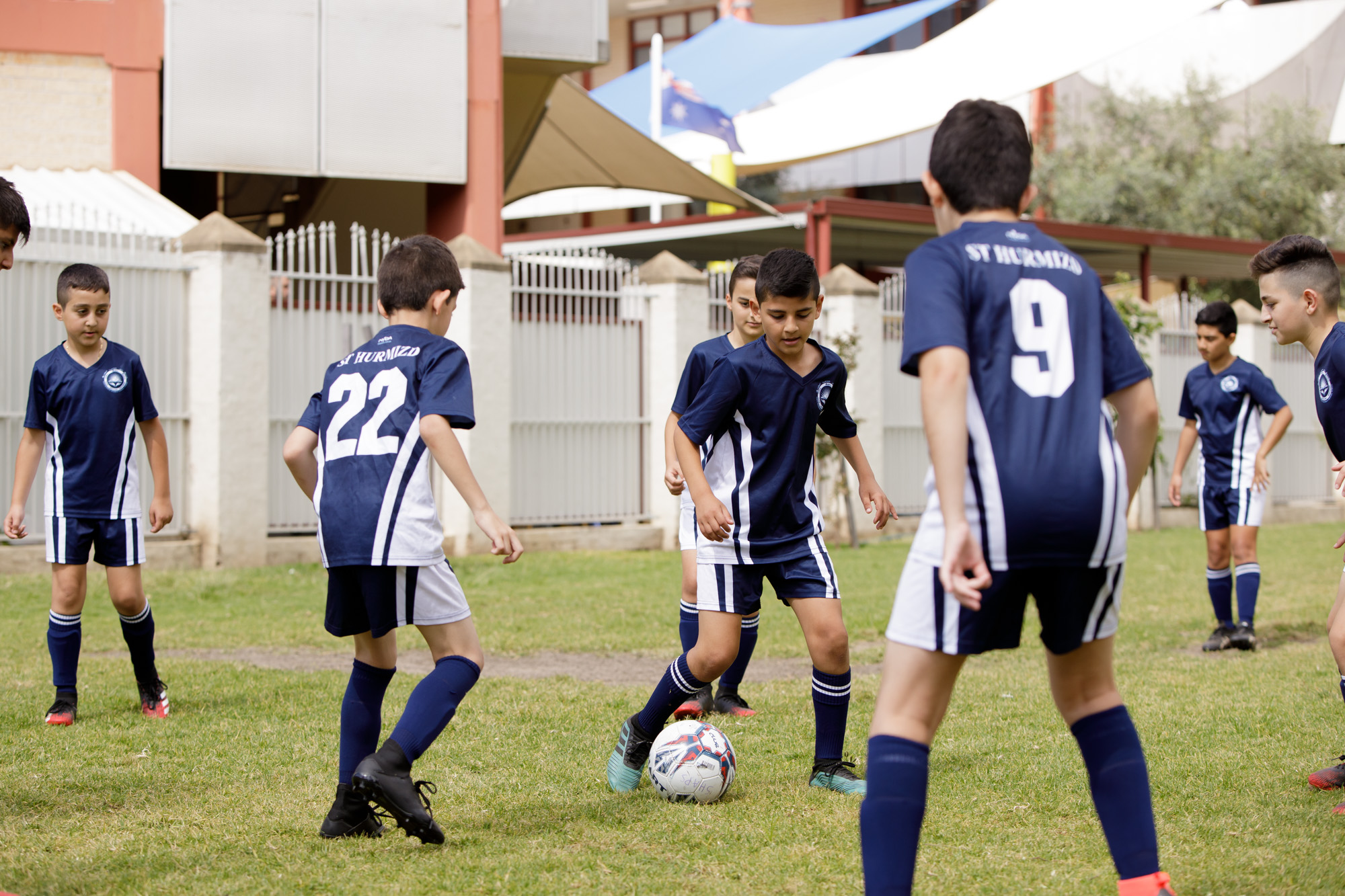
Sport Houses
Our philosophy is to promote physical activity to all students and provide opportunities for participation at all levels of skill.
Being involved in sport promotes both physical and mental wellbeing, builds confidence, encourages teamwork and helps facilitate friendships outside of the classroom. Sport should be fun, as well as competitive and teach students how to enjoy success and accept disappointment.
At St Hurmizd Assyrian Primary School, there are many sporting opportunities available to students ranging from House, representative and private lessons.
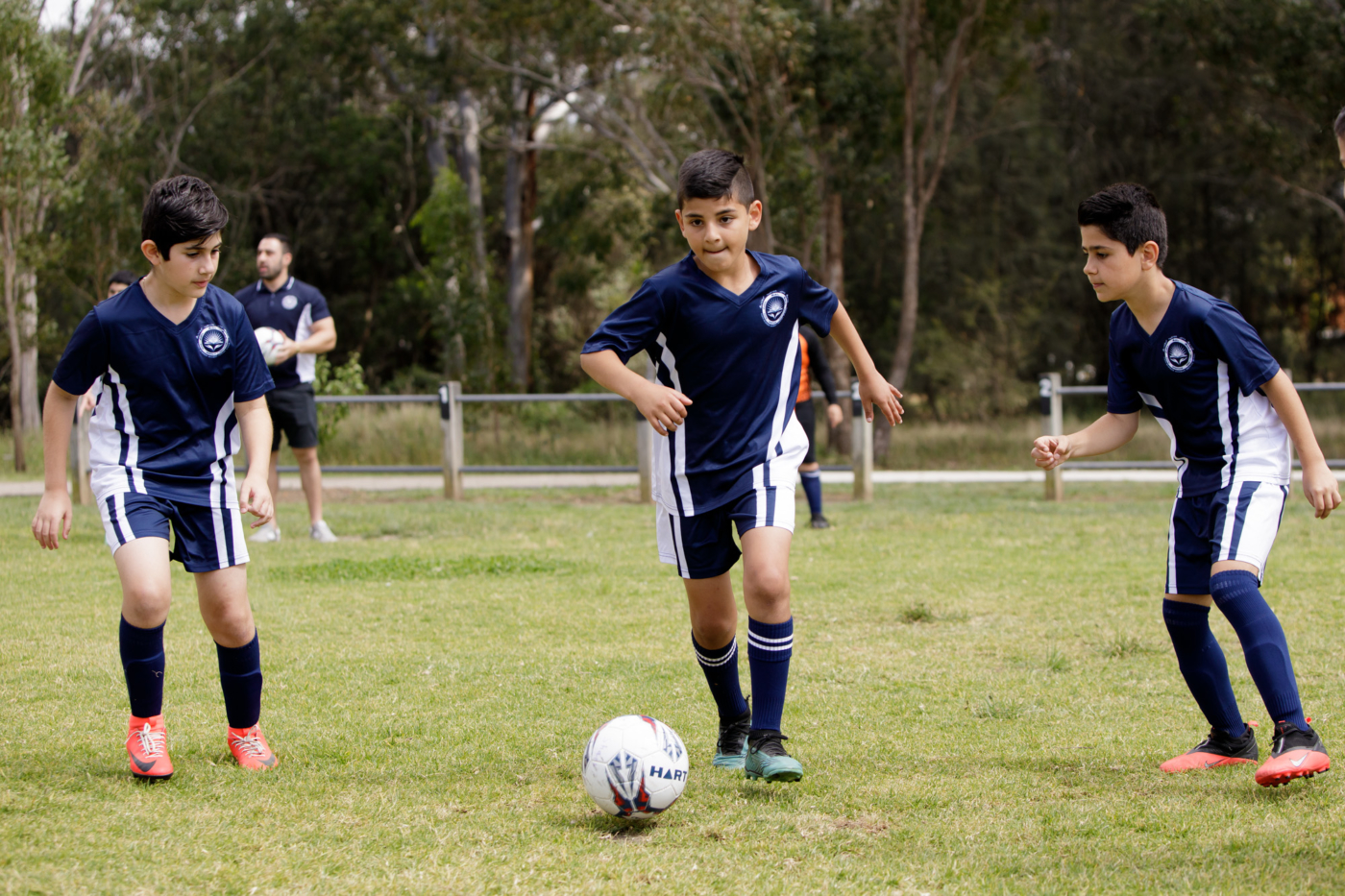
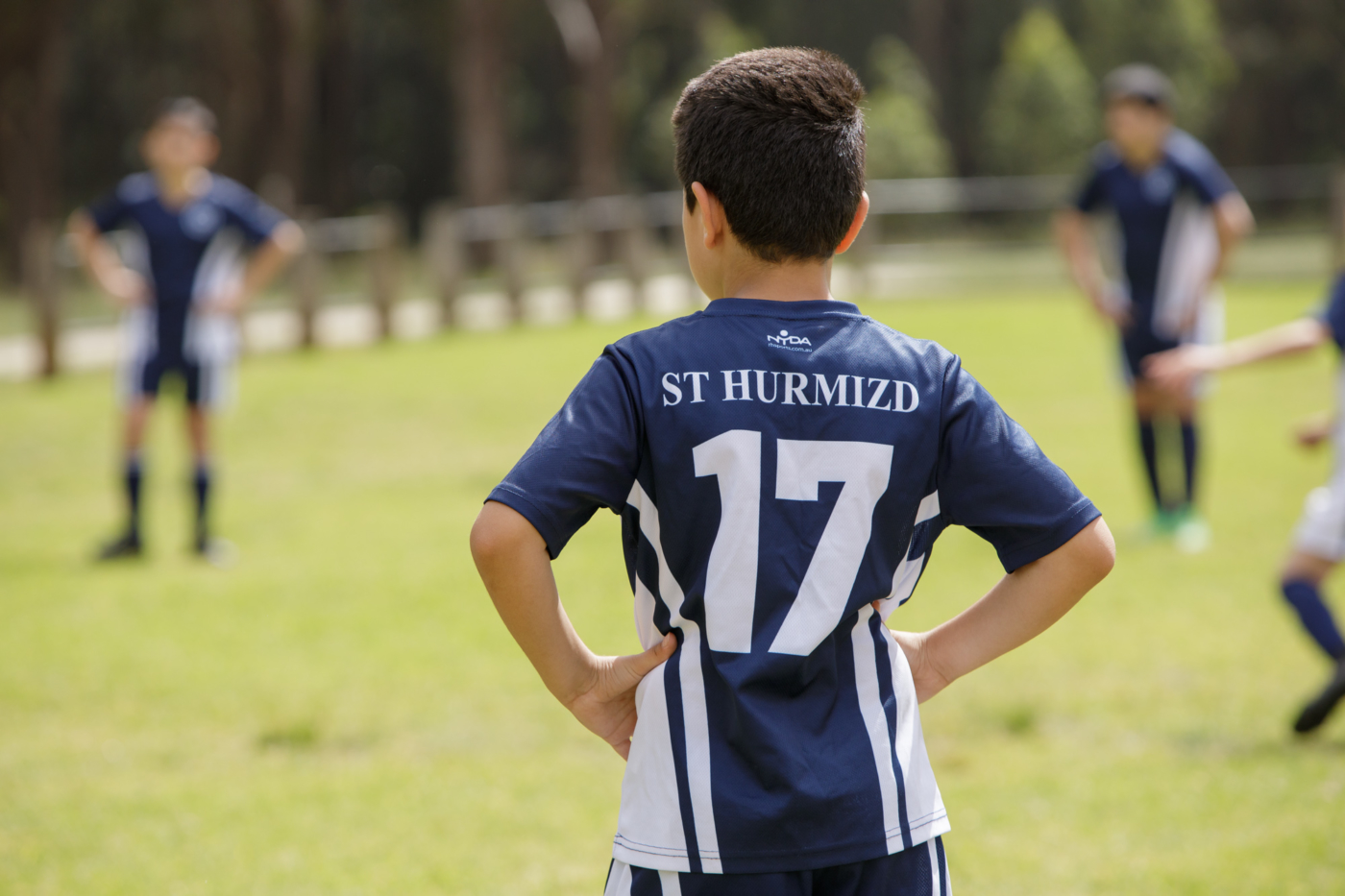
Sport Carnivals
St Hurmizd Assyrian Primary School holds annual carnivals in athletics, cross country and swimming. Our students enjoy these days very much and learn a great deal about sportsmanship, teamwork and House spirit. Within the School, we have a four House system: Edessa (Green), Nineveh (Red), Nisibis (Blue) and Seleucia (Yellow). House spirit can be very intense during our School carnivals and the students are very House proud.
At each carnival the whole School community comes together and experiences a sense of belonging. They are a highlight of the School calendar.
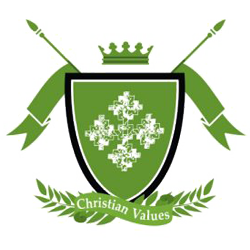
Edessa
Edessa was a city in Upper Mesopotamia, founded on an earlier site ca. 302 BC. It became an important early centre of Syriac Christianity. According to a legend first reported by Eusebius in the 4th century, Syriac King Abgar V Ukama was converted by Addai, who was one of the seventy-two disciples, sent to him by “Judas, who is also called Thomas”. Under him, Christianity became the official religion of the kingdom.
Among the illustrious disciples of the School of Edessa (founded by Narsai), Bardesanes (154–222 AD), a schoolfellow of Abgar IX, deserves special mention for his role in creating Christian religious poetry, and whose teaching was continued by his son Harmonius and his disciples. Records show a Christian council was held at Edessa as early as 197 AD. The modern name of the city is Urfa, in the Sanliurfa Province of Turkey’s Southeast Anatolia Region.
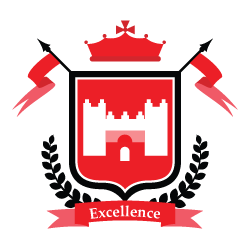
Nineveh
Nineveh was the capital of the Ancient Assyrians.
It wasn’t until king Sennacherib’s reign that Nineveh reached its magnificence. Most of the statues that were made weighed between 9 and 27 tonnes.
Nineveh was where Jonah was sent to preach God’s message. The people fasted for 40 days; babies and animals couldn’t eat also. The king himself, stepped down his throne, wore sackcloth, fasted and prayed too.
Nineveh was also the Bishopric See of St. Isaac, a 7th century monk known for writing about how to live like a monk. He became a bishop; and not really used to the lifestyle of living a normal life and talking with people, he resigned from his Episcopal office 5 months after his consecration.
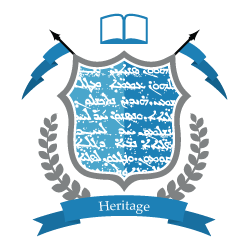
Nisibis
Nisibis is the home of St. Ephrem Malpana (born 306 AD) and St. Narsai the Harp of the Spirit (born 399 AD).
It was captured by the Ancient Assyrians during the reign of king Adad-Nirari II in 896 BC. After the Church of the East grew, it was the second most important city in the Church of the East, after Seleucia-Ctesiphon, being the patriarchate See of the Church of the East.
It boasts to have the world’s first university, as well as be the centre of Church of the East’s theology during the Classical Period.
The primary faculties in the school were Theology, Philosophy and Medicine.
The most important teacher at the School of Nisibis was St. Narsai the Harp of the Spirit, who was the head of the School of Edessa before it was closed down.
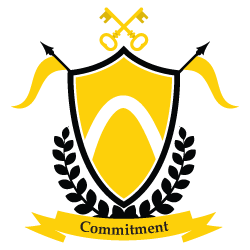
Seleucia
Seleucia was the capital of the Seleucid Empire; founded by Seleucus I Nicator, one of Alexander the Great’s generals.
Seleucia was the first See of the Patriarchate of the Church of the East. It was the centre of the Church of the East for the first couple of centuries after Christ’s resurrection.
The first official Synod of the Church of the East was held in Seleucia in 410 AD by St. Isaac Catholicos. It had accepted the Nicene Creed during this Synod, which was brought by a Western Bishop named St. Marutha of Maiperat.
